With the world becoming more and more tech-savvy, why should your toilet remain in the dark ages? There are a variety of high-tech toilets on the market that come with a range of features designed to make your bathroom experience as luxurious and efficient as possible. Not sure where to start? Here’s a look at some of the features you should be considering when selecting a new high-tech toilet for your home.
Self-Cleaning Bowls
Who has time to scrub their toilet bowl every other day? That’s why self-cleaning technology is so attractive — it takes the chore out of cleaning and maintains your toilet for you. This type of feature uses electrolyzed water to clean the bowl and keep it free from bacteria and germs. You can also find toilets with special glazes that prevent bacterial growth.
Water Efficiency
Toilets have come a long way when it comes to water efficiency — in fact, today’s models use up to 40% less water than older models. Many high-tech toilets are equipped with dual flush systems, which allow you to choose between two different flushing levels depending on what type of waste needs to be flushed away. This helps save water while still providing an effective flush.
Heated Seats & Bidets
For ultimate luxury, look for a high-tech toilet that comes with heated seats and/or bidets. Heated seats provide extra comfort during cold winter months, while bidet seats offer extra cleansing power for those times when normal wiping just isn't enough! Some models even have adjustable seat heights, so anyone in your family can find the perfect seating position for their needs.
High-tech toilets may sound like something out of science fiction, but they're actually becoming increasingly common in households around the world. From self-cleaning bowls and water efficiency features to heated seats and bidets, there's no shortage of options available when choosing a new high-tech toilet for your home. So why settle for an outdated model when you could upgrade your bathroom experience with all the latest bells and whistles? Investing in a new high-tech toilet is sure to give you years of worry-free usage!
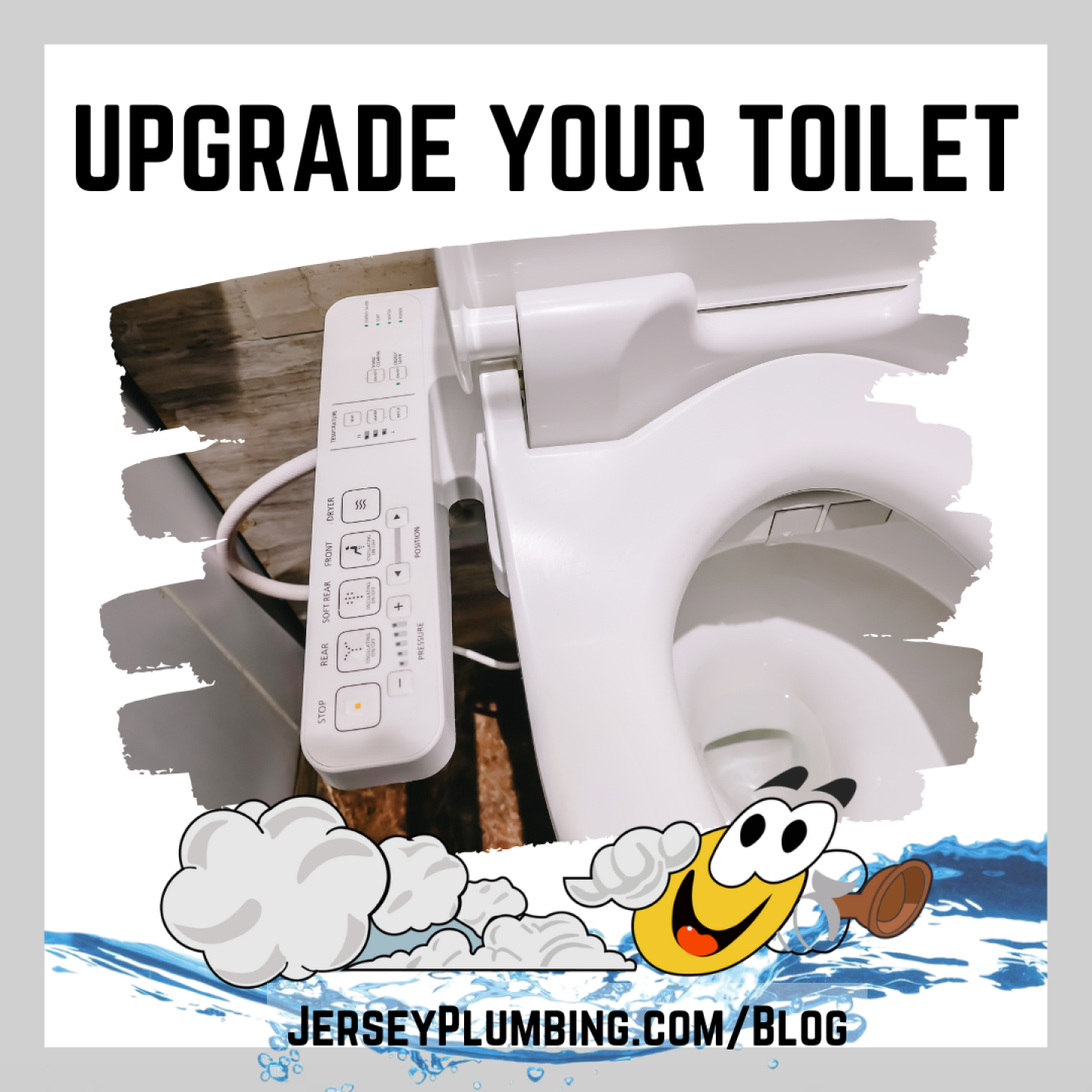
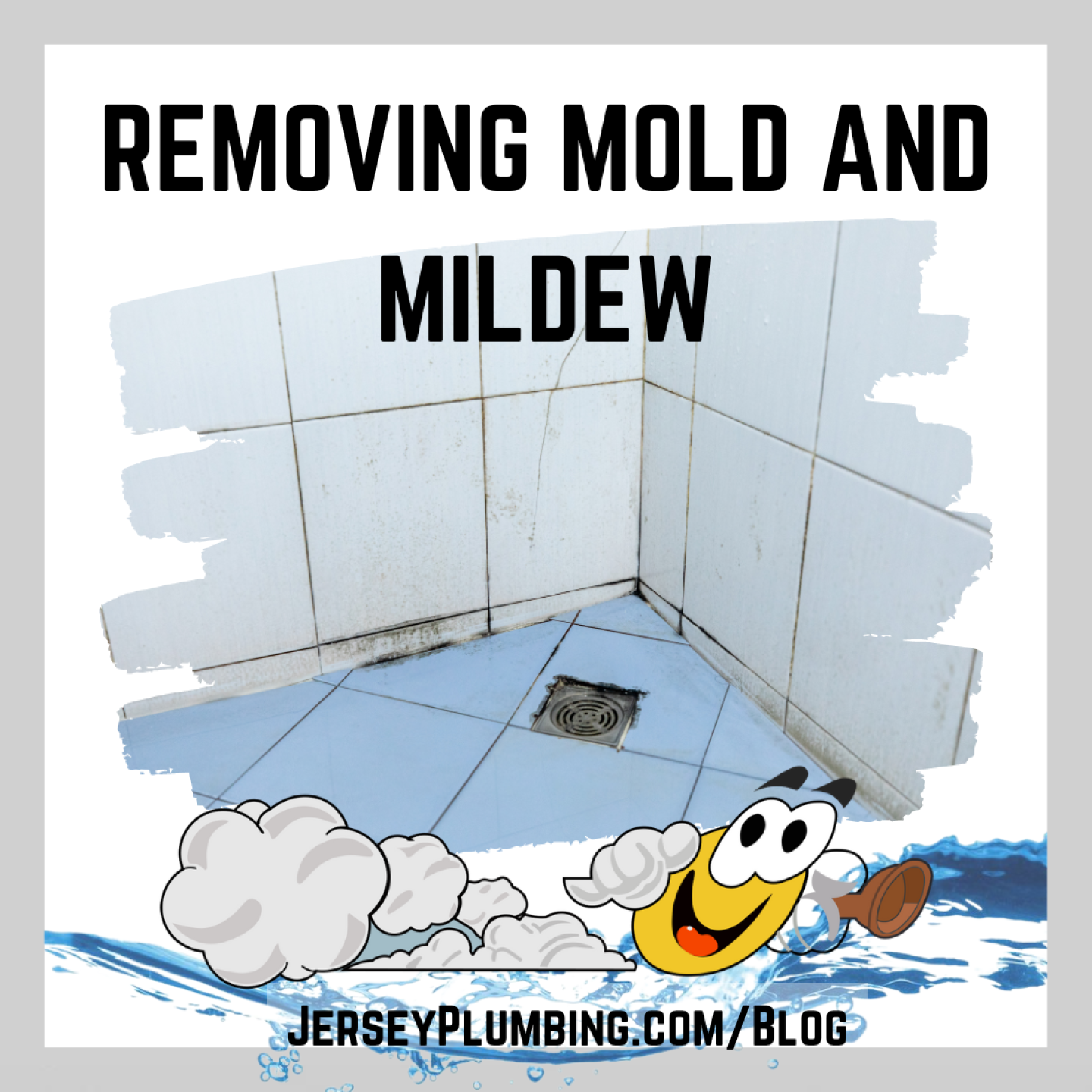
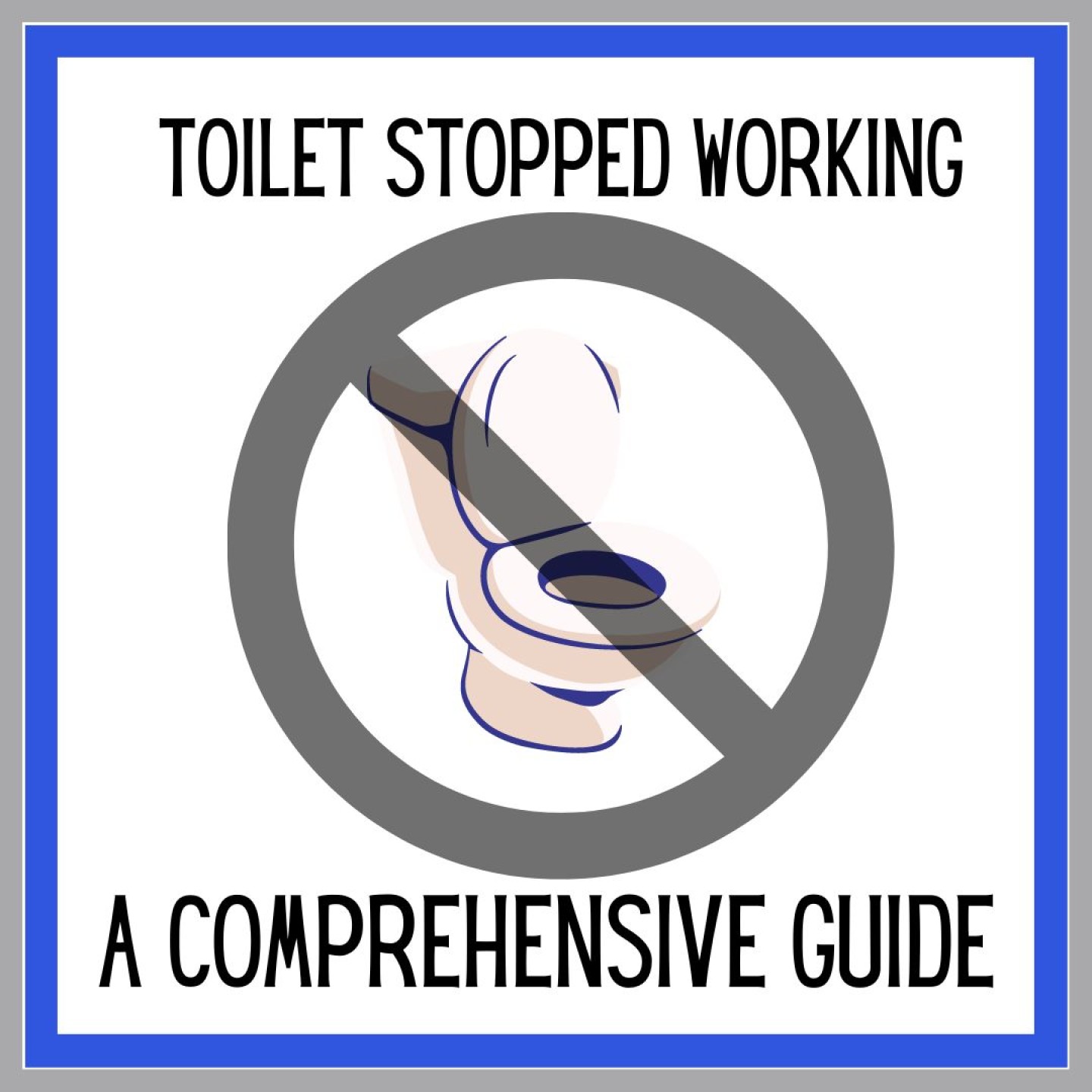
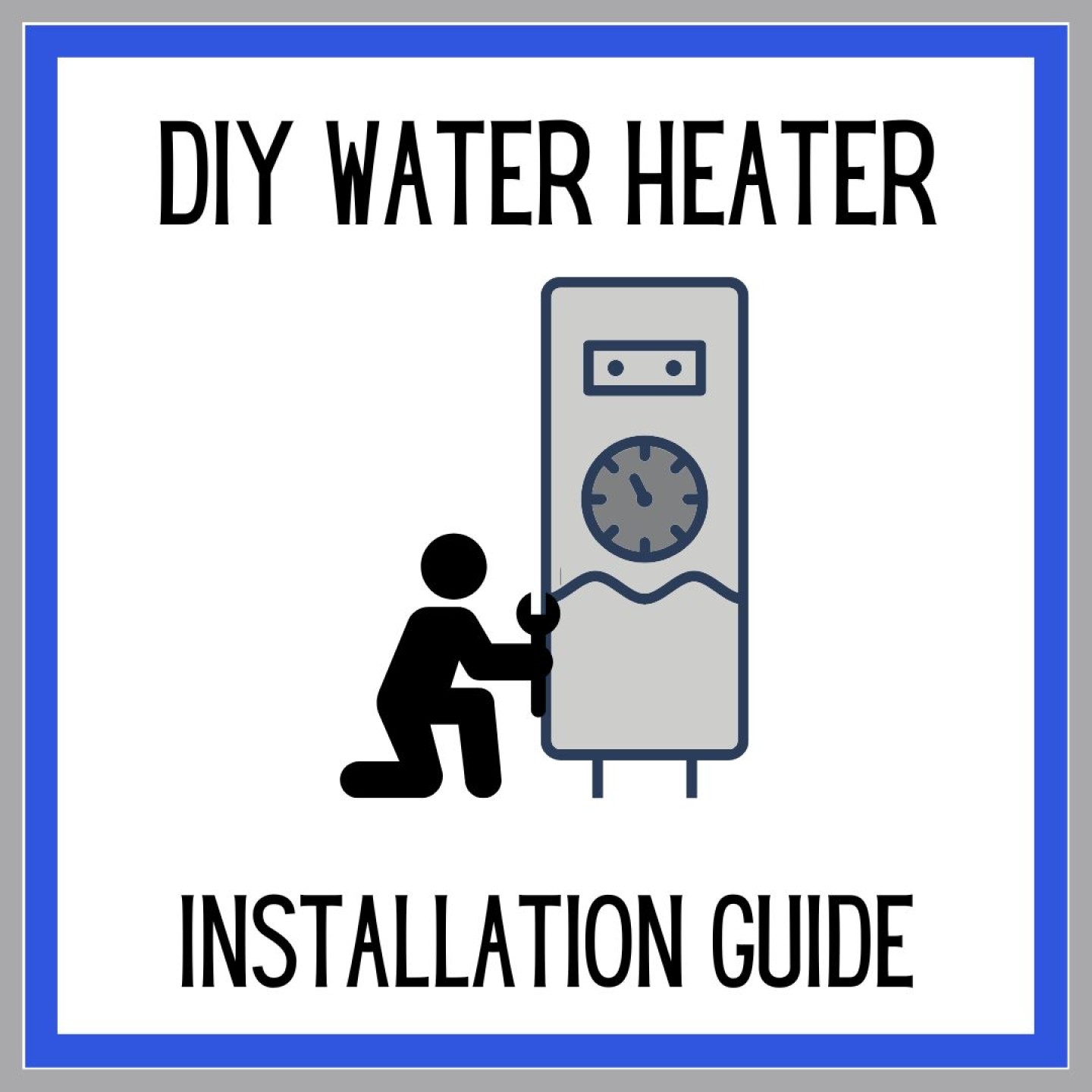

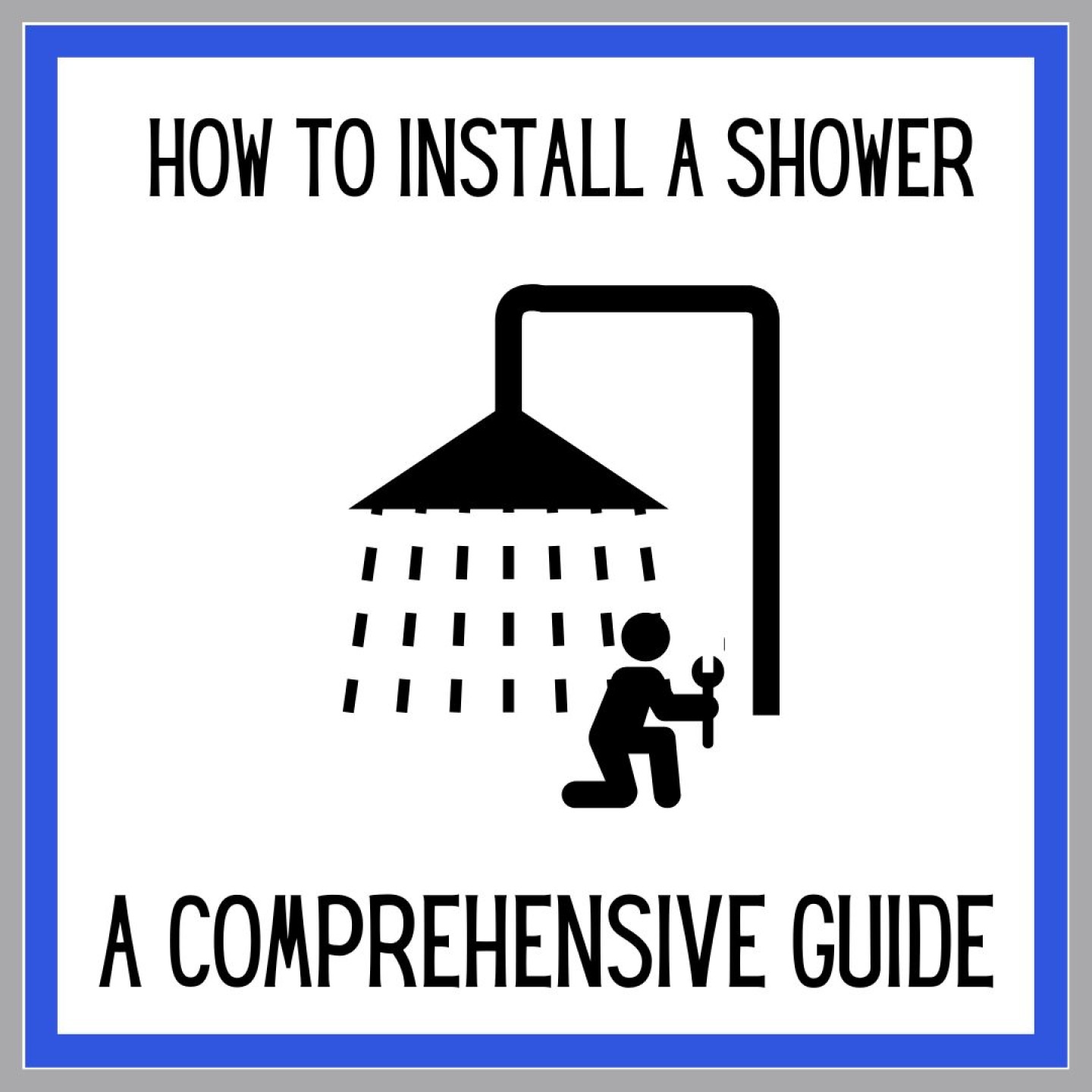
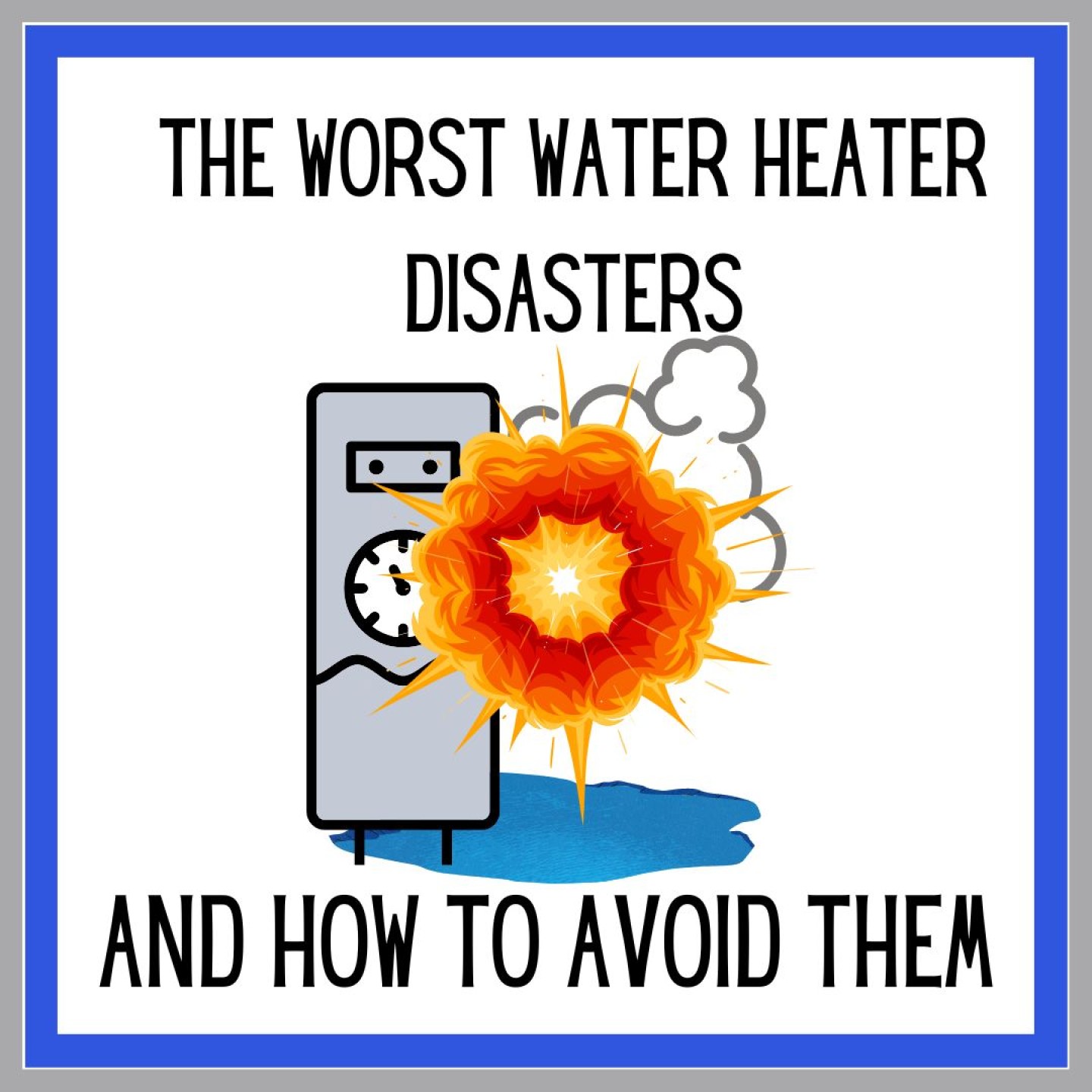

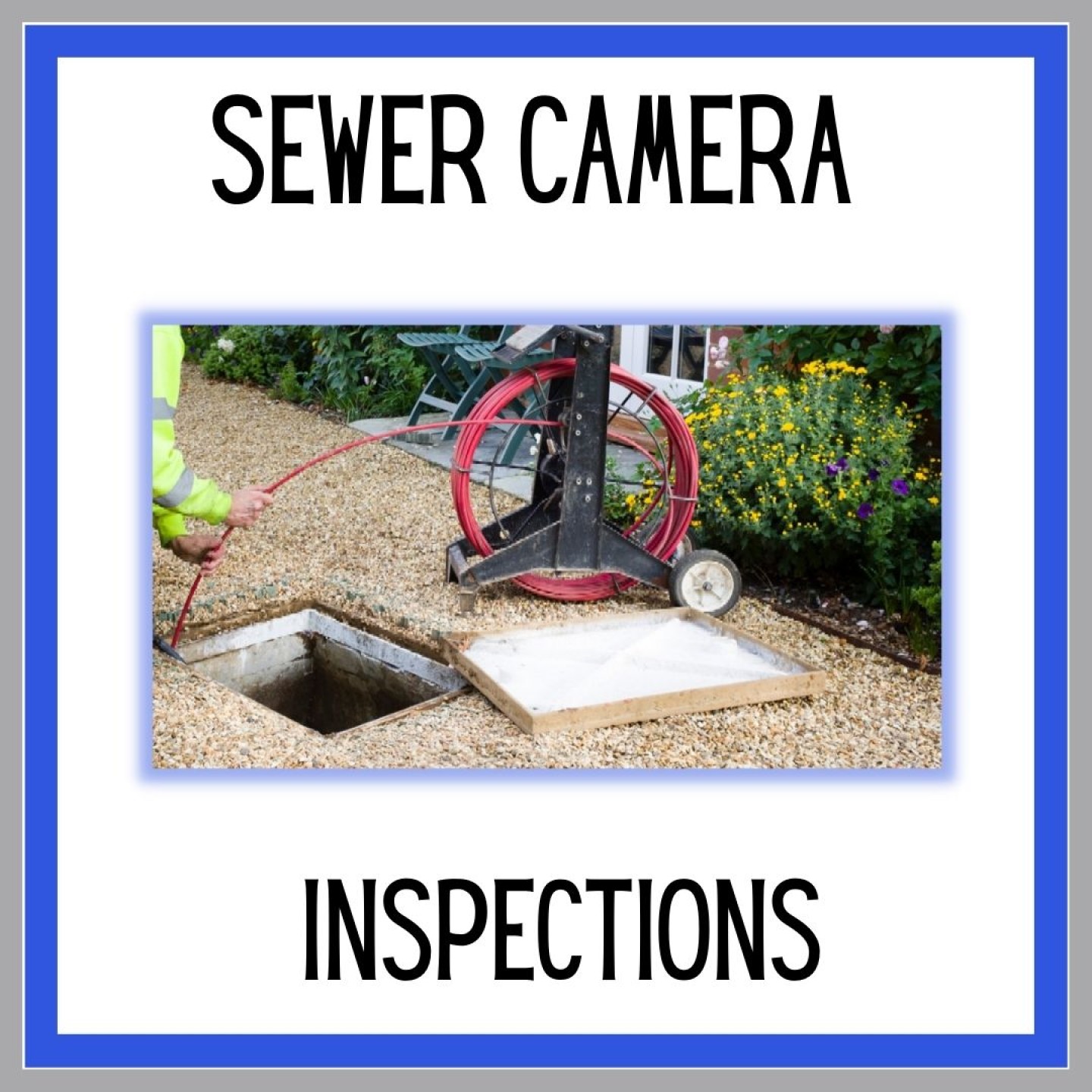
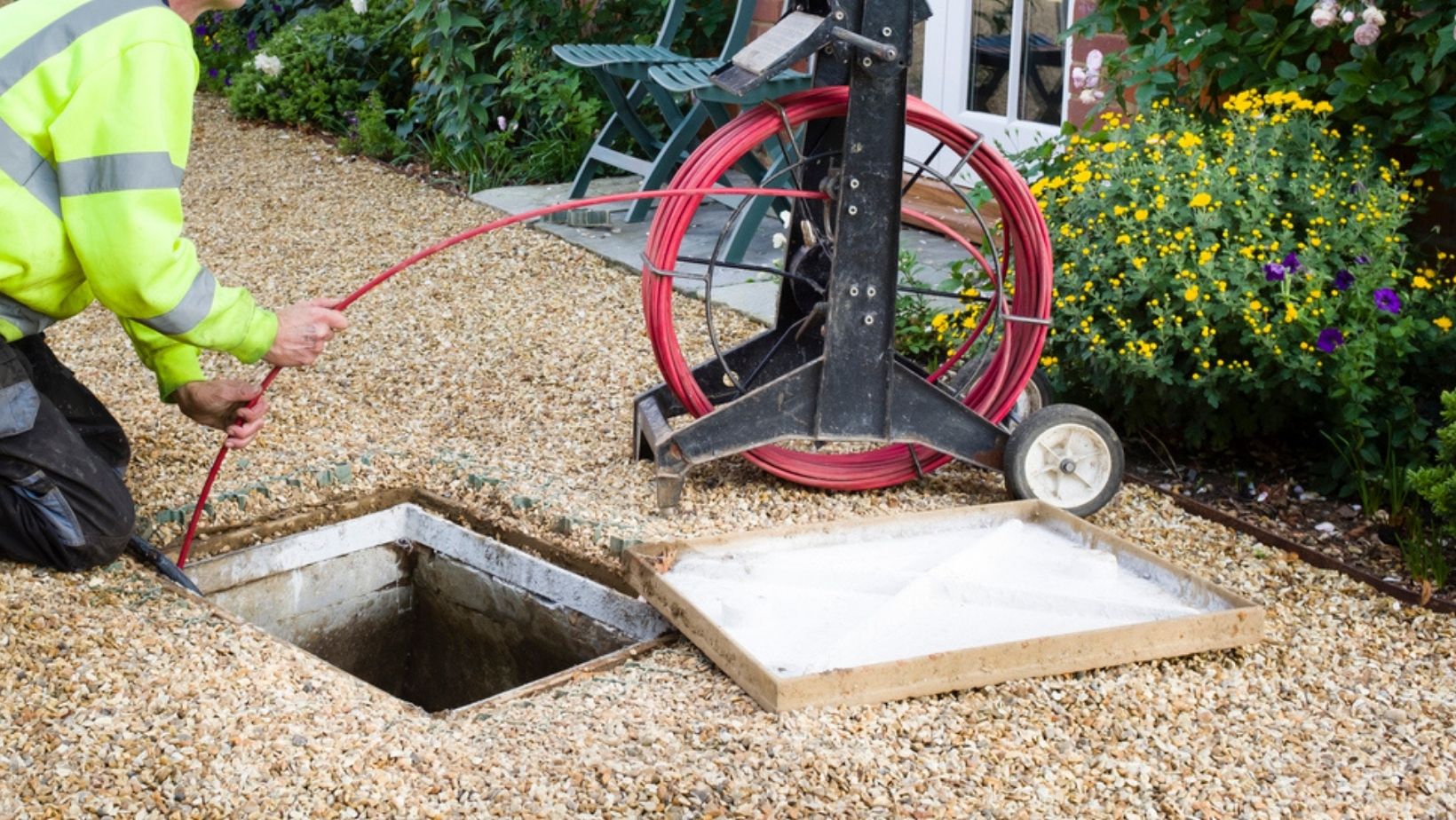
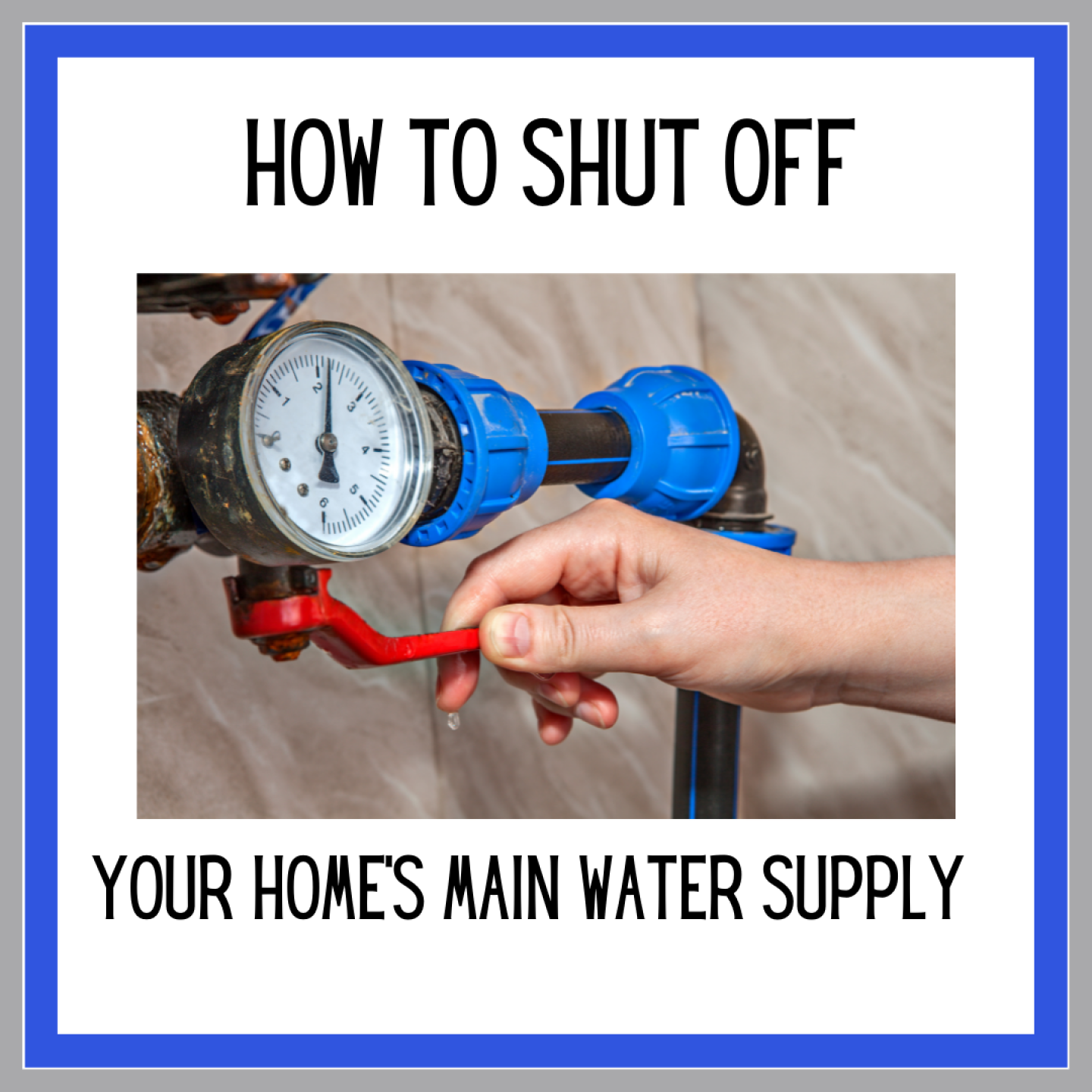
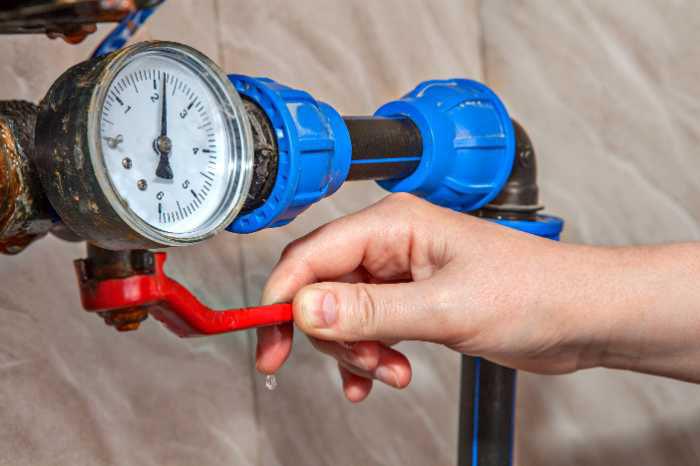
Recent Comments